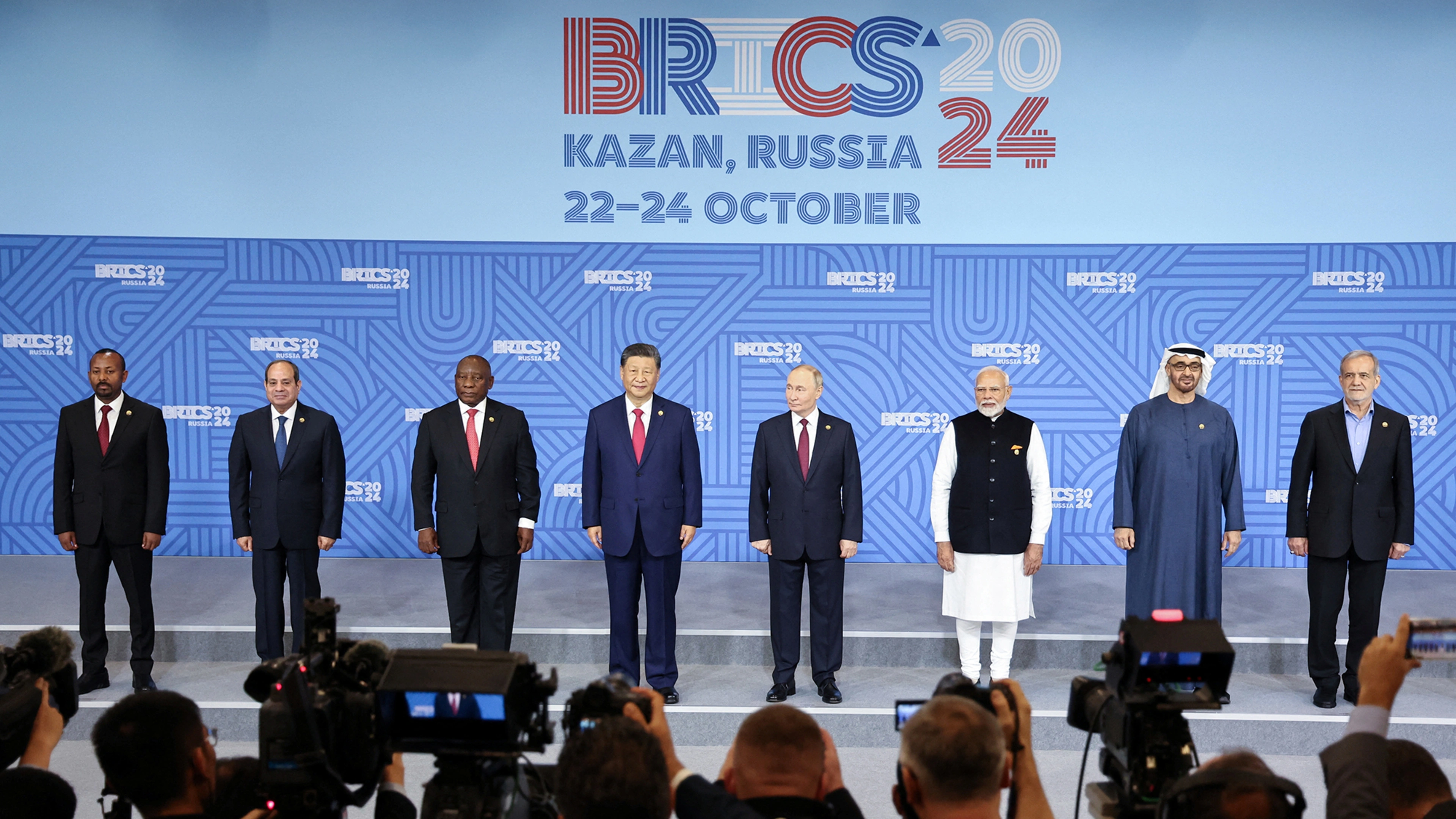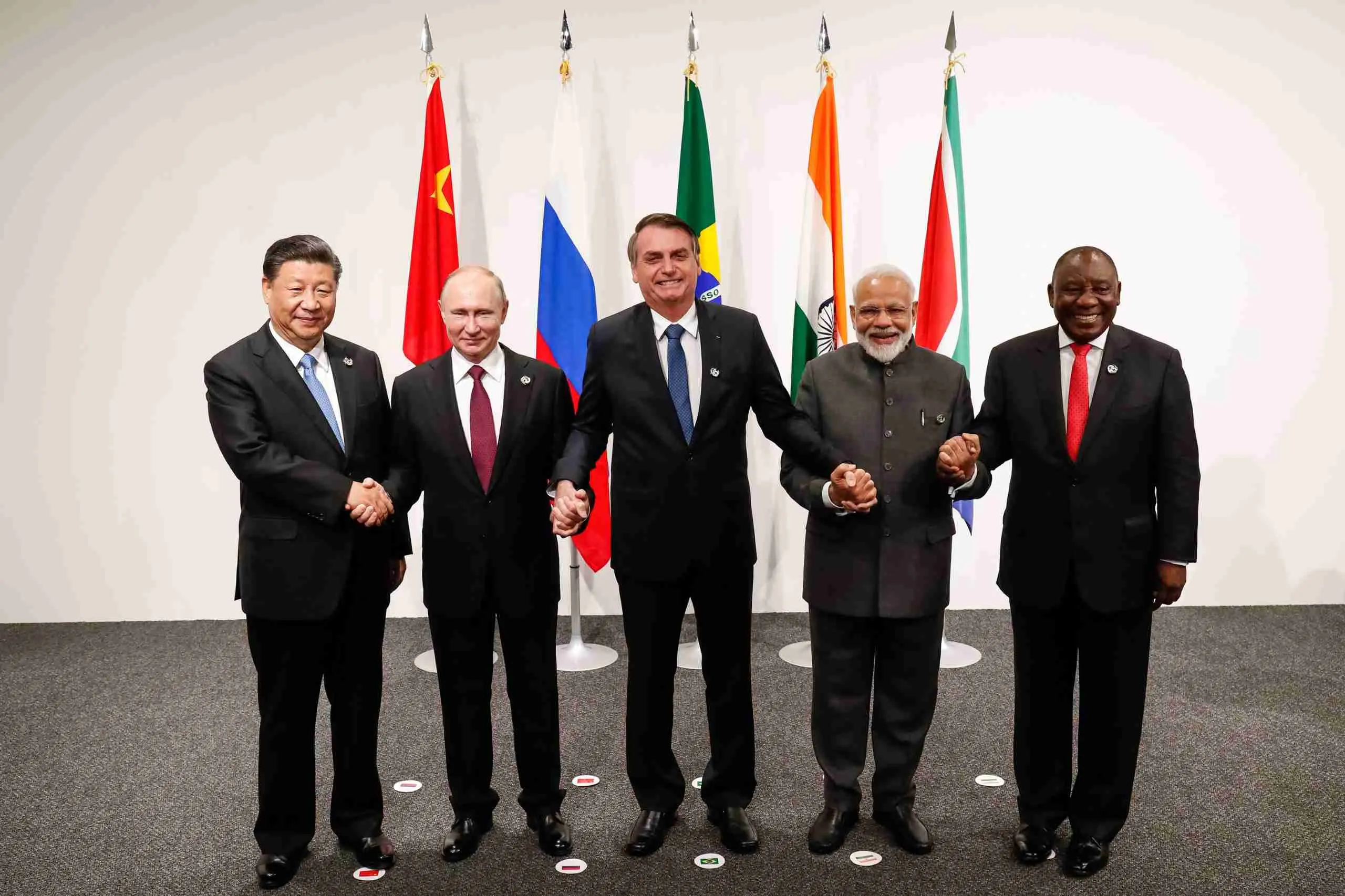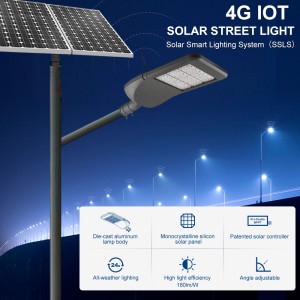The BRICS and its implications for foreign trade
The genesis of the BRICS countries can be traced back to 2001, when the American economist Jim O’Neill (Jim O’Neill) proposed the term “BRIC” in a Goldman Sachs research report. The term “BRIC” was subsequently coined by Goldman Sachs to refer to Brazil, Russia, India and China, four emerging market countries with significant economic potential.
The BRICS framework represents a mechanism for international collaboration among the five emerging market economies of Brazil, Russia, India, China, and South Africa. The acronym “BRICS” is derived from the initialisms of the English names of the five countries, namely Brazil, Russia, India, China, and South Africa. The letters are combined to form the word “BRICS,” which is pronounced similarly to the English word “bricks.” The term is phonetically similar to the English word “bricks”. Given the similarity between the word and the English term for brick, it is referred to as “BRICS”. The BRICS mechanism aims to promote peace, security, development and cooperation.
Vigorously develop solar street light trade among BRICS countries
To promote foreign trade transactions in the solar street light industry between BRICS countries, we need to focus on each country’s specific needs and geographical advantages, according to the actual road to determine the required illumination to deduce the need for solar street lamp power.
Promoting government incentives and the positive advantages of solar street lights. Educate consumers and public authorities about the benefits of solar street lights, particularly in reducing long-term energy costs and promoting sustainability. Encourage governments to provide subsidies, tax benefits, and incentives for solar energy adoption, focusing on reducing dependence on traditional energy sources. Mutually build up a more greener and environmental world step by step.
Collaboration and trade agreements, strengthen trade agreements between BRICS nations to lower tariffs and promote cross-border collaboration in the solar energy industry, allowing easy exchange of solar street light technology and products. Pool R&D efforts across BRICS countries to innovate high-efficiency, cost-effective solar street lights, suited to different climates and geographic needs.
Solar street lights applicable areas
Solar street lights are perfect for vast rural areas and a growing with a emphasis on sustainable energy, Brazil benefits from solar street lights to reduce energy costs and provide lighting in remote areas. And places with long winter nights and expansive territories require solar solutions for both urban and rural infrastructure, cutting reliance on the grid. Solar street lights help combat energy shortages and high electricity costs, especially in remote and underserved areas. BOSUN® provides the solar street light DIALux lighting calculation and draws up the most accurate design solution just for you. Latitude, location, and the real situation play a key role in how each country adopts solar lighting solutions, customized products and solutions to local climates and energy policies. Promoting foreign trade in solar street lights between BRICS countries can involve creating specialized partnerships, reducing tariffs, and encouraging knowledge transfer to meet the needs of different regions effectively.
Check Out The Long Life-Span Solar Street Lights
What drives solar street light demand in BRICS countries?
Rural electrification, energy efficiency, and sustainability goals are key factors driving demand, especially in countries with large rural areas that will be needed solar street lights the most.
How do geographical factors affect solar powered street lights adoption?
Countries like Russia and South Africa with varying weather conditions require durable and long life-span solar powered street lights, while tropical nations benefit from consistent sunlight for solar power generation. BOSUN has researched and developed an ultra-low-temp battery just for high-latitude areas. No worry about solar power generation or low-temp might affect.
How do we know what kind of solar powered street lights is suitable for my place?
BOSUN will do detailed research on your location and make an accurate and professional lighting design according to the actual road to determine the required illumination to deduce the need for solar powered street lights power.
What challenges exist in foreign trade for solar street lights?
Trade barriers, differing energy policies, and local market regulations can affect smooth trade among BRICS nations. To stimulate trade consumption, hope that countries among the BRICS work together to create harmonious and win-win trade relations.
How can BRICS collaboration improve solar powered street lights development?
BRICS can share technology, expertise, and joint ventures to boost the production, innovation, and accessibility of solar powered street lights across member countries.
Post time: Oct-24-2024






